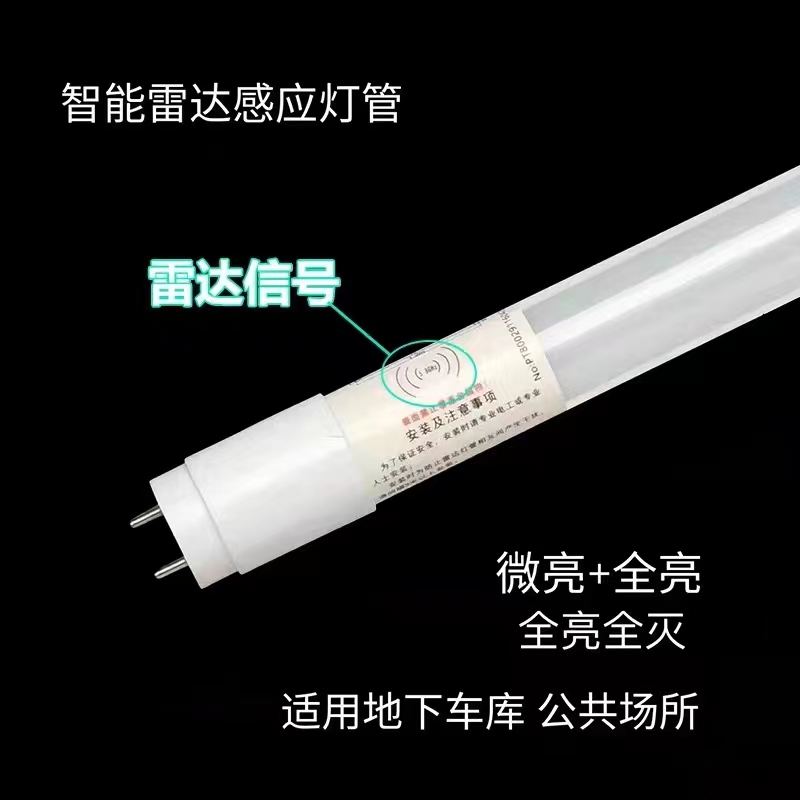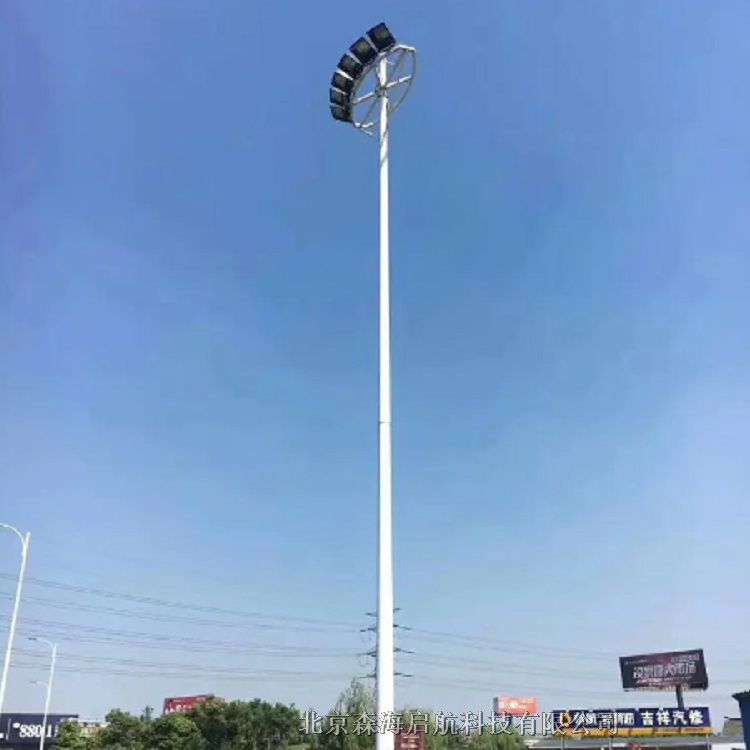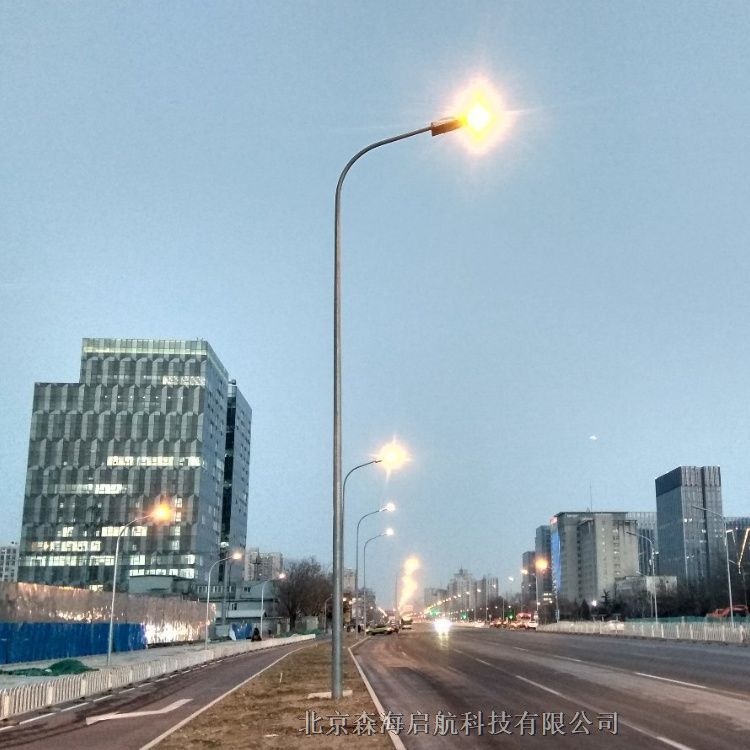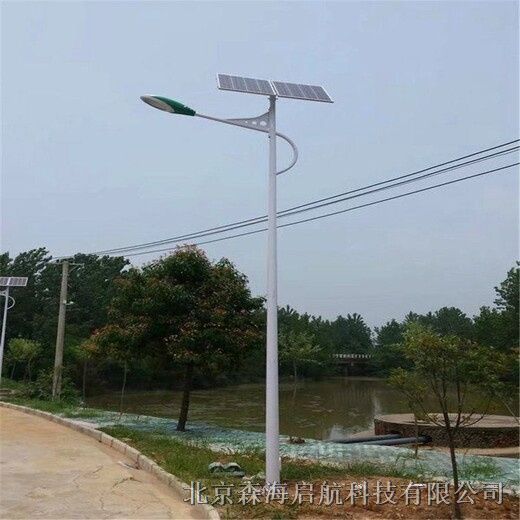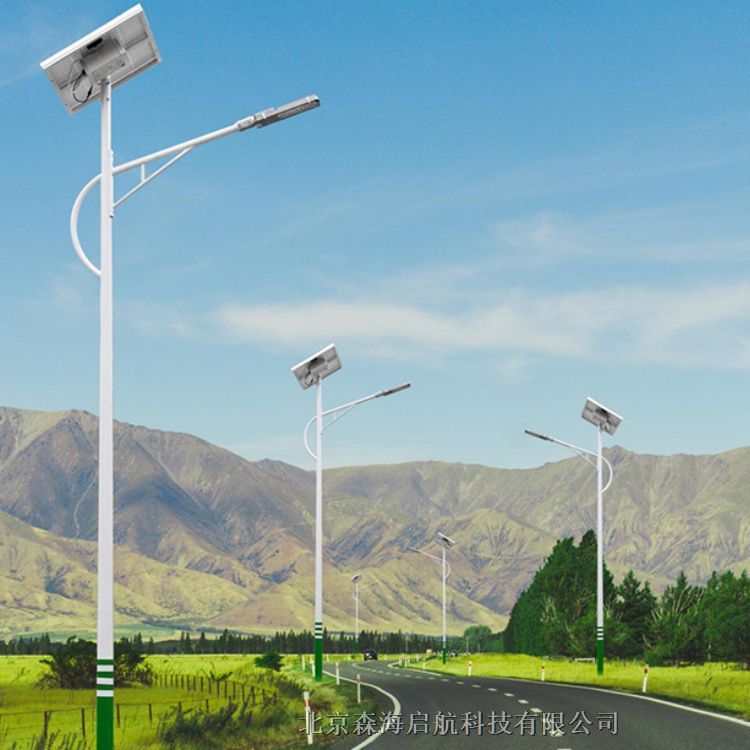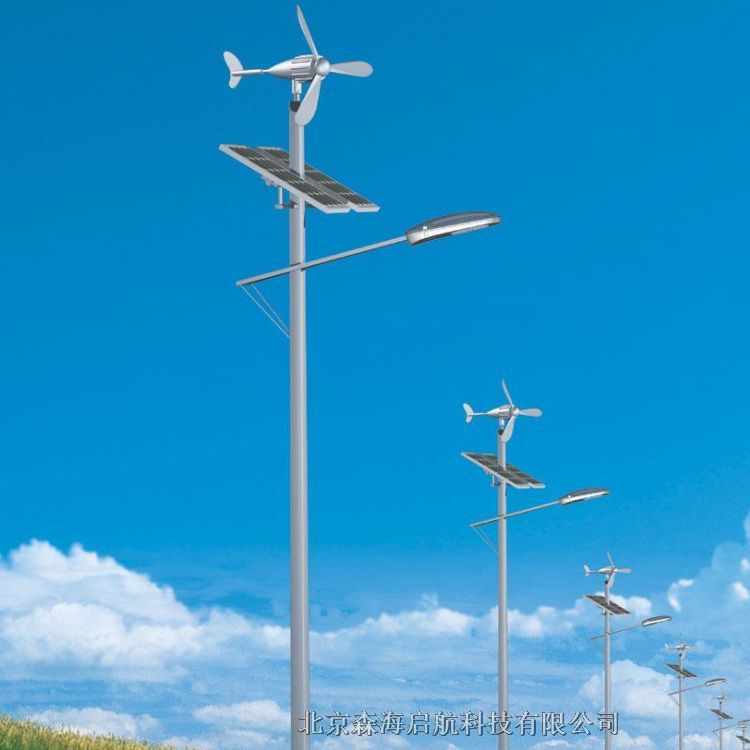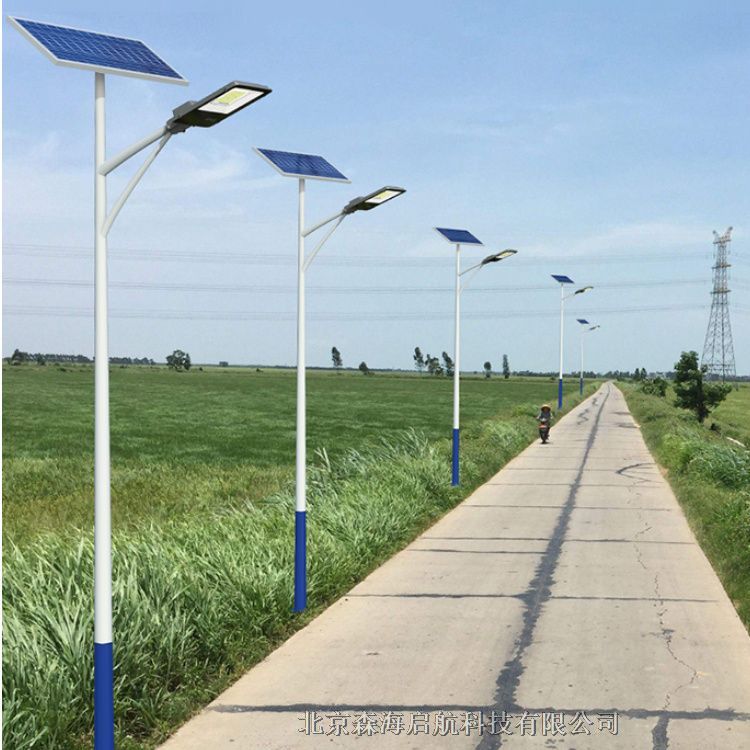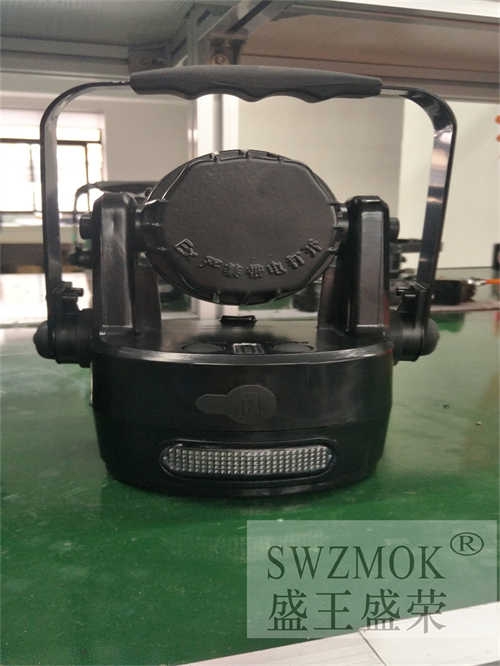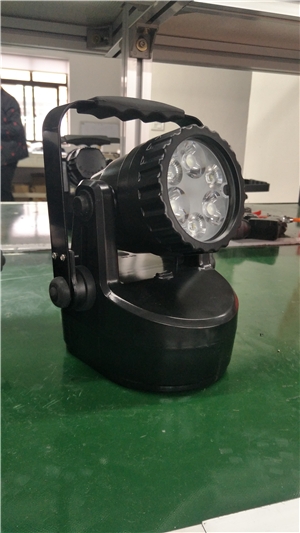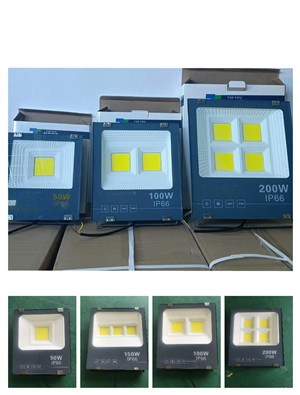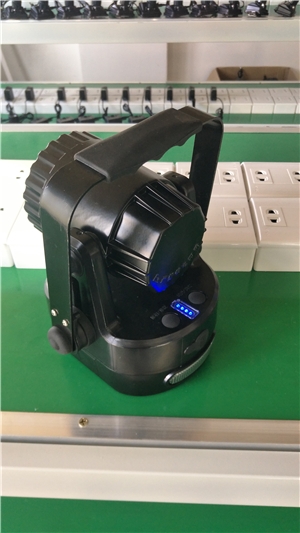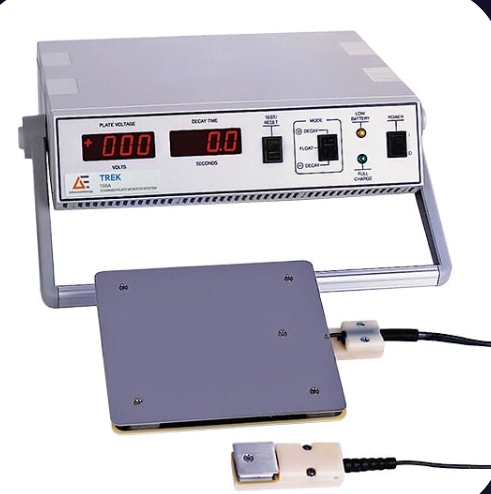
商铺名称:上海熠爵机电设备有限公司
联系人:任志帅(先生)
联系手机:
固定电话:
企业邮箱:charels.ren@yi-jue.com
联系地址:
邮编:
联系我时,请说是在勒克斯之家上看到的,谢谢!
商品详情
Trek®156A通过计时产生的空气离子放电到预先充有正值或负值的浮板所需的时间来测试电离器离子产生的效率。Trek®156A还通过测量浮板上因电离器撞击板上的正负空气离子不平衡而产生的偏移电压来测试正负空气离子之间的平衡。
通常,随着电离器的老化,正负空气离子的产生率会下降。因此,电离器中和静电荷所需的时间增加,正负空气离子的平衡发生变化。中和(衰变)时间可能会变得太长,以至于电离器无法完全中和工作位置产生的电荷,或者电离器可能会开始对最初不带电的物体充电。
The Trek® 156A tests the efficiency of an ionizer’s ion production by timing how long it takes air ions produced to discharge a floating plate that has been pre-charged to either a positive or negative value. The Trek® 156A also tests the balance between positive and negative air ions by measuring the offset voltage generated on a floating plate due to an imbalance of positive and negative air ions impinging on the plate from the ionizer.
Typically, as an ionizer ages, the rates of positive and negative air ion production decline. Consequently, the time required for the ionizer to neutralize static charges increases, and the balance of positive and negative air ions changes. The neutralization (decay) time may become too long for the ionizer to fully neutralize charges that are generated at a work b, or the ionizer may begin to charge bs that were initially uncharged.
在线询盘/留言
